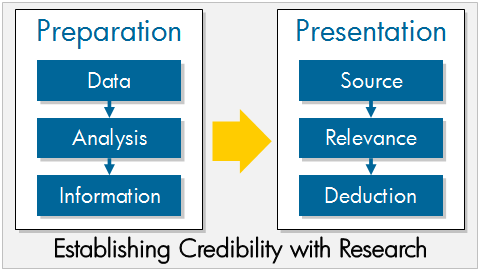Email, instant messages, and alerts have evolved into our primary mode of communication. From project management to socializing, everything at work and in our personal lives centers on electronic messages. Many of us have found the unending tide of these messages unmanageable.
Research has shown that checking messages just a few times a day can help reduce stress and prevent the feeling of being incessantly ‘invaded’ by emails.
If you feel weary, annoyed, and unproductive from a daily deluge of messages, try the following techniques to regulate your electronic communication.
- Turn off alerts on all your devices. Productivity studies have shown that people take 15 minutes on average to return to serious mental tasks (thinking about a project, writing reports, or debugging computer code, for example) after being interrupted by an incoming email or an instant message.
- Maintain a zero inbox, i.e. consistently process all incoming email and get your inbox to zero messages. See my previous article on this productivity technique.
- Set up and use subject-specific folders to hold your incoming and sent messages. This makes it easier to retrieve emails later.
- Do not check emails continually throughout the day. Instead, process only three times a day: once in the morning, once during lunch, and then again before going home. Don’t waste the most productive hours of your day doing email.
- Reserve time to focus on email. Set a time limit on your activities and blast through the messages without interruption. Stop when the time runs out. (Remember Parkinson’s Law: work will expand to fill the allotted time.)
- When you process email,
- If you can respond to a message in less than two minutes, do so right away.
- If a response may need more than two minutes or you must look up information, defer it. Leave the incoming email in your inbox or file it in a ‘Draft’ folder. Dedicate the last email session of a day to respond to such emails and clear the Draft folder.
- Delete, file, or delegate.
- Process all emails and fully clear your inbox by the end of the day.
- Tell people you correspond with the most (your boss, employees, peers) that you check email only a few times a day. Let them know that if they need to reach you immediately, they could come over to your desk or call you. If possible, encourage them to follow your email discipline.
- Limit off-the-clock correspondence. Don’t make a ritual of catching up on work email after dinner or during the weekends.
Idea for Impact: If your inbox is driving you crazy, some discipline can help you process—not just check—emails and mitigate some stress.
.jpg)

